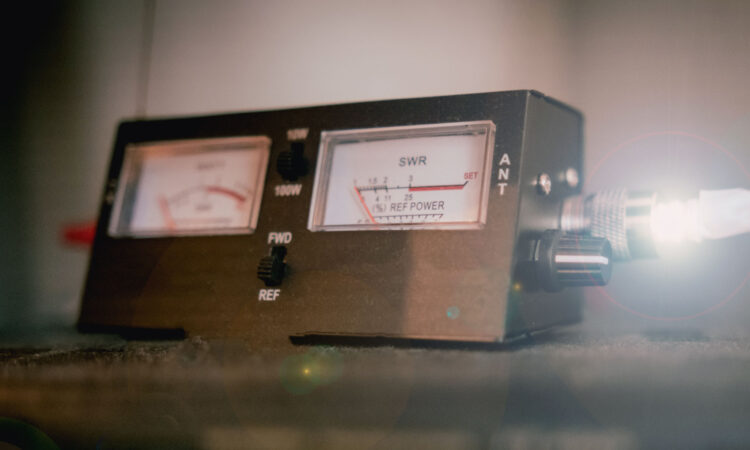
By ITU News
With disasters and crises becoming more frequent and intense, broadcasting services and regulators around the world are looking at how best to bolster early warning systems around the world.
Rising human and economic losses due to storms, floods, droughts, and fires, as well as to earthquakes, wars, and pandemics, require unprecedented investments in early warning infrastructure. But new systems can take advantage of what is already in place.
Advanced early warning technologies work in synergy with everyday radiocommunication systems, enabling national and local authorities to reach the most people as quickly as possible when disaster strikes.
At a joint workshop in March, the International Telecommunication Union (ITU) and European Broadcasting Union (EBU) discussed innovative solutions for “Broadcasting in times of crisis”.
Deputy to the Director, of ITU Radiocommunication Bureau, Joanne Wilson said: “Broadcasting timely, relevant, and practical information in the event of a disaster or crisis supports effective response measures and saves lives. For people directly affected, it comes as a vital form of humanitarian assistance.”
Within the last two months, Tropical Cyclone Freddy killed at least 300 people in Southern Africa, while winter storms and torrential rains left thousands trapped indoors or without electricity across the western United States. These latest examples came in the wake of the 7.7 magnitude earthquake in Syria and Türkiye, the year-old Ukraine conflict, and disruptions triggered by the COVID-19 pandemic.
In all cases of crisis or disaster, affected communities need timely and robust access to critical information. So do first responders and disaster-management teams. Radio and TV broadcasters are therefore vital to keep everyone informed and calm, maintain key services, and disseminate life-saving updates.
To ensure service continuity and maximum reach, public service media and national telecom regulators must maintain multiple broadcasting channels.
“Only a combination of multiple, different distribution infrastructures can ensure that 100 per cent of the population and territory can be reached,” explained said EBU’s Chief Technology Officer, Antonio Arcidiacono.
Resilient, inclusive broadcasting
Robust infrastructure often keeps TV and radio operational when other communications technologies fail. During the 6 February disaster in Türkiye, FM radio stations never stopped working, while terrestrial TV networks were running the first earthquake images in 30 minutes, said Ferhat Uzaktaş, Vice President at broadcasting network TRT World.
New technologies such as Digital Audio Broadcasting (DAB/DAB+), Digital Radio Mondiale (DRM), Emergency Warning Functionality (EWF) and 5G broadcasting can integrate crisis broadcasting across multiple channels and contribute to the creation of resilient and sustainable emergency broadcasting infrastructure, agreed ITU-EBU workshop participants.
But the industry still needs to do more to make sure no one is left out.
“We need to recognize the diversity of audiences impacted by a disaster,” said Yukihiro Nishida, who chairs the study group on broadcasting services in ITU’s Radiocommunication Sector. “Some people may have disabilities related to vision or hearing, while others may not be native speakers of the language used in the region. Portable reception of broadcasting is highly desirable when people must evacuate from an emergency zone or when their electric power supply is unavailable.”
ITU-R Study Group 6 has produced several recommendations, reports, and handbooks addressing how various broadcasting technologies can be best used in times of crisis.
Ensuring interoperability and safeguarding spectrum
Smooth broadcasting always hinges on globally recognized, trusted standards and the availability of sufficient radiocommunication spectrum.
The World Radiocommunication Conference (WRC-23) later this year in Dubai, United Arab Emirates, will consider fixed, mobile, and broadcasting issues in the ultra-high frequency (UHF) band, with a view to reviewing spectrum use and the needs of existing services.
The COVID-19 pandemic underscored humanity’s reliance on broadcasting services, as communities across much of the world relied on TV for virus news. Many countries kept education going through TV and Radio broadcasts. Portable radios remain the world’s medium of choice in natural disasters.
“Radio and terrestrial TV broadcasting – thanks to their outstanding performance and high quality, their universal availability, ultra-high resilience, and cost efficiency – are one of the most powerful and effective ways of delivering early warnings and alerting the public during emergencies and in times of crisis and disaster,” Wilson said.



